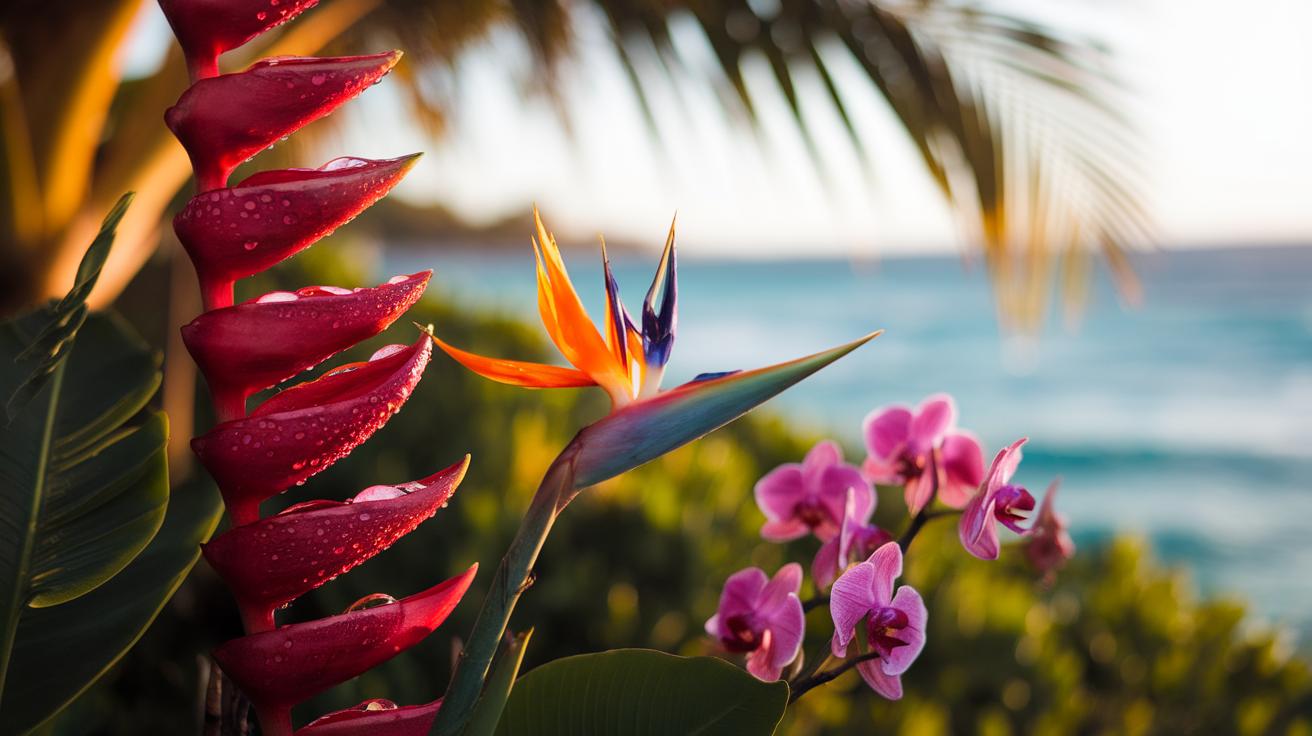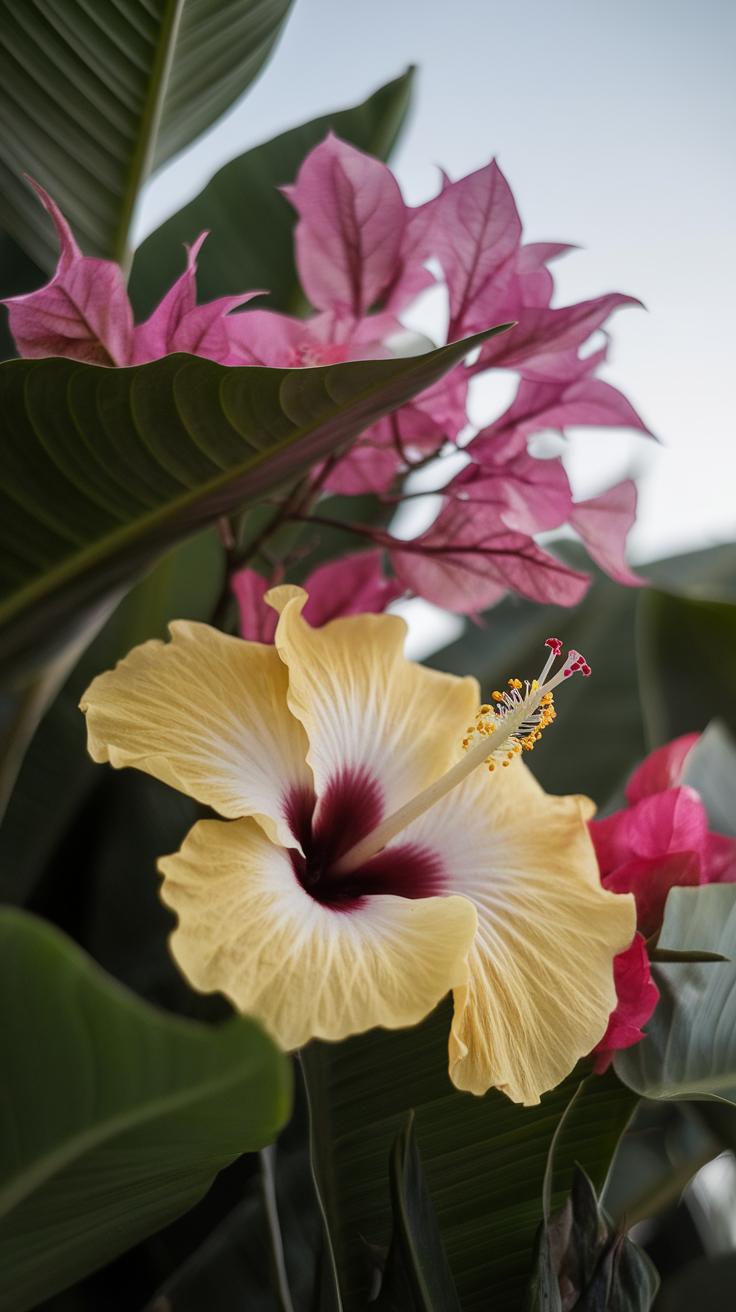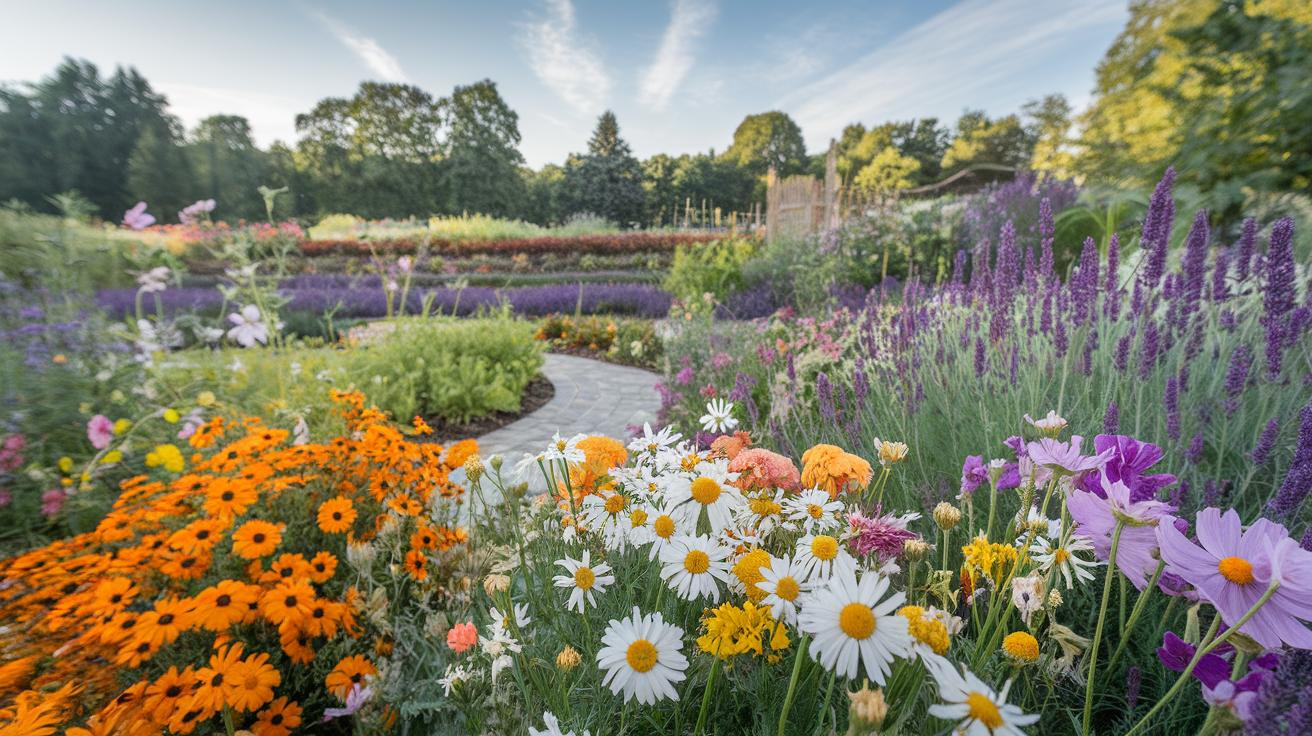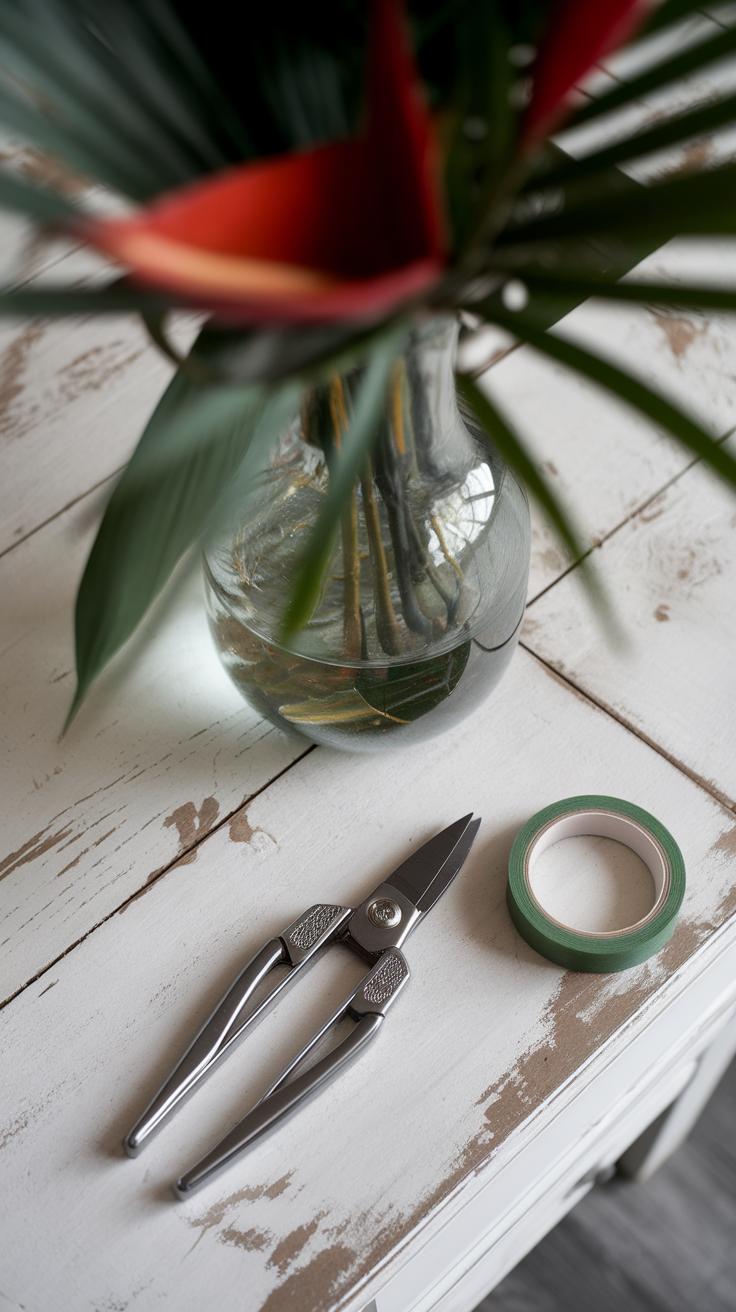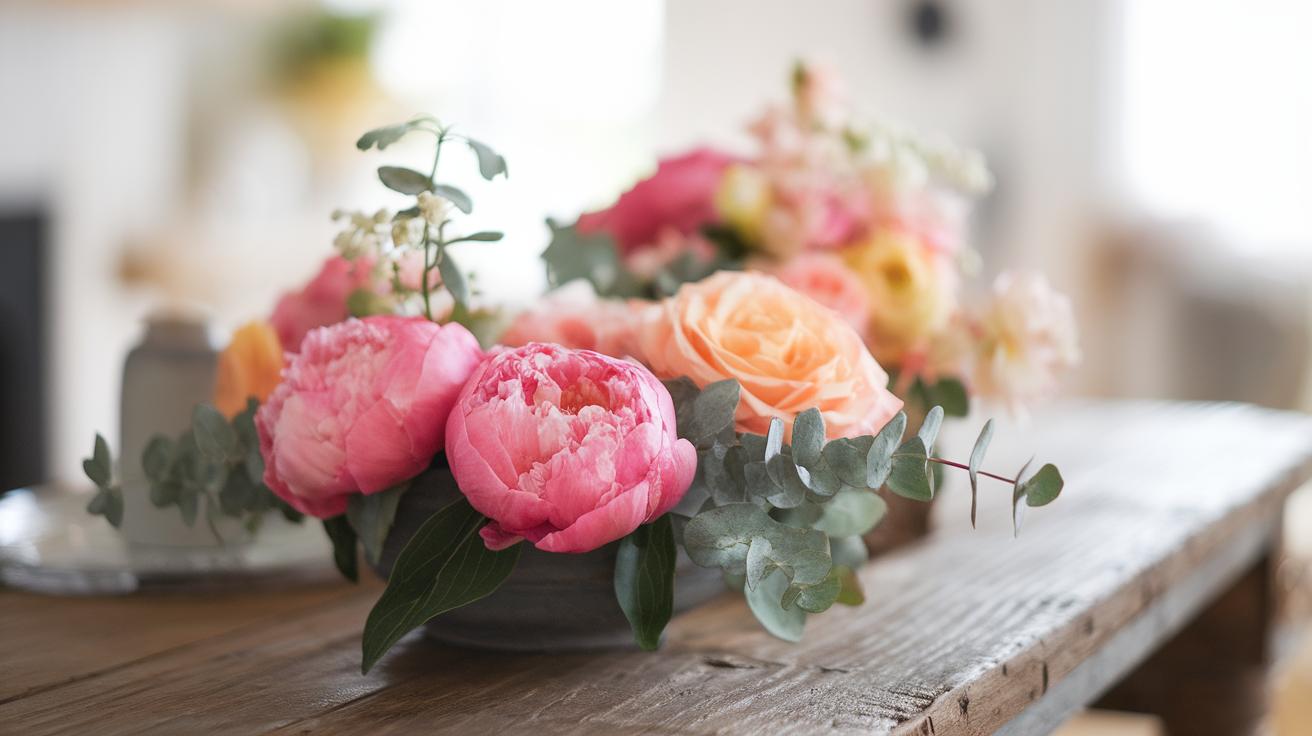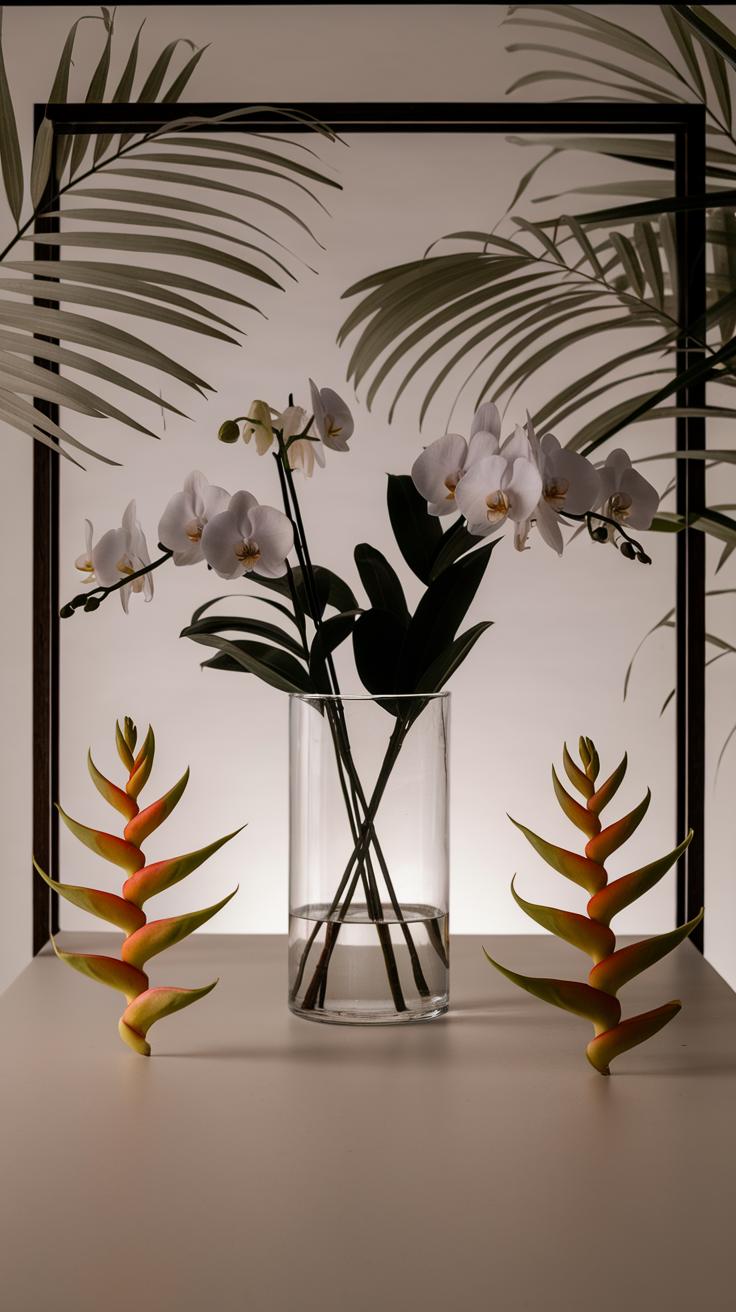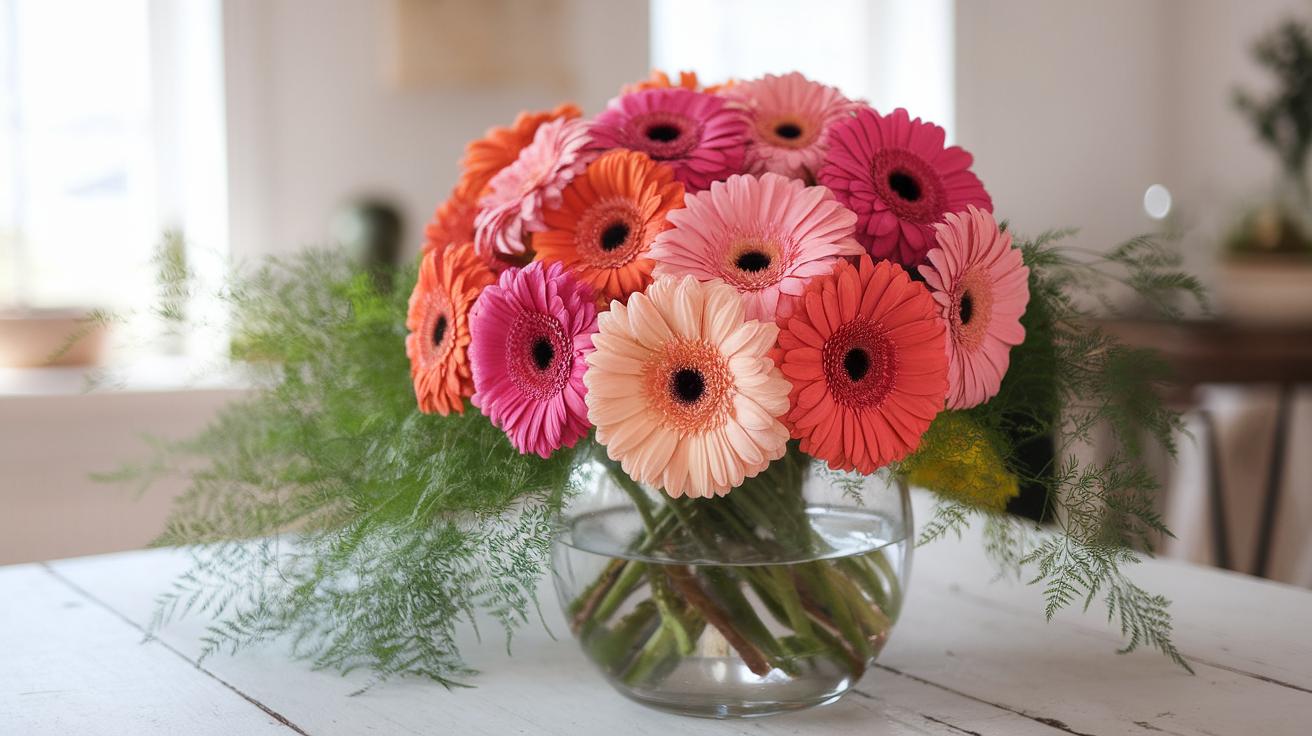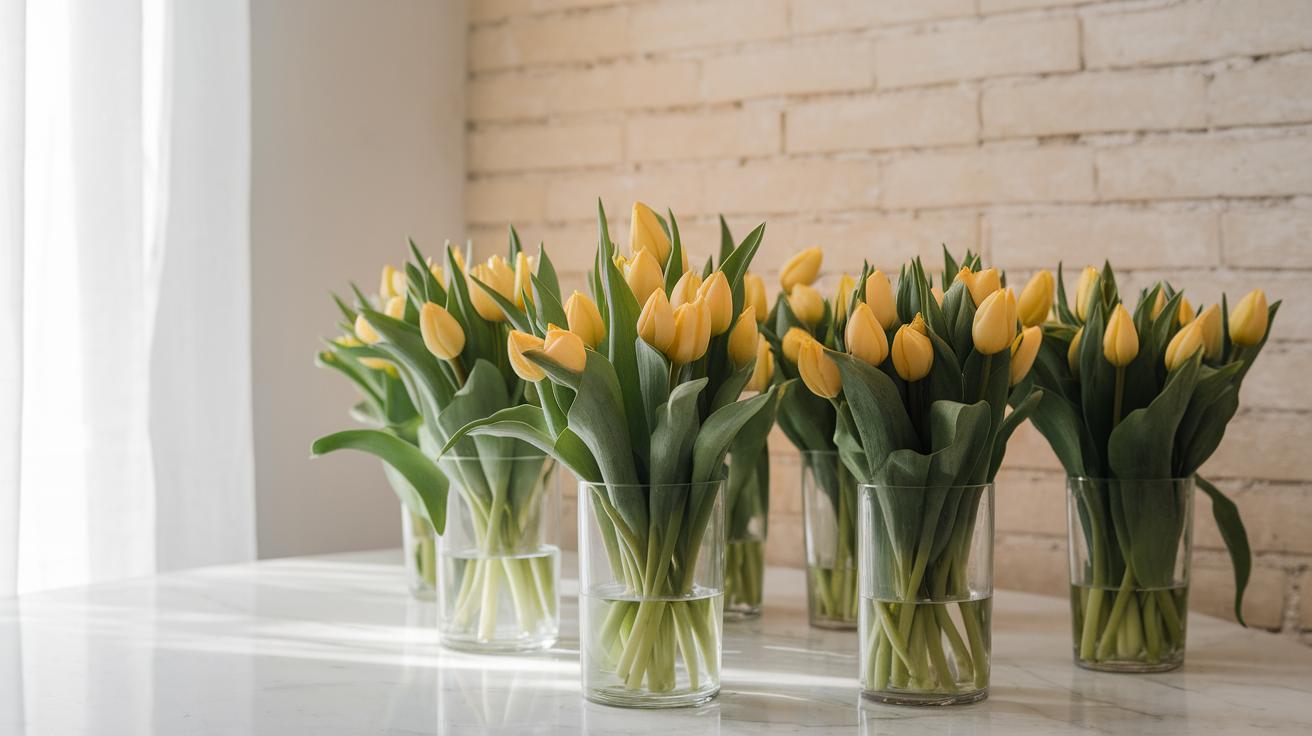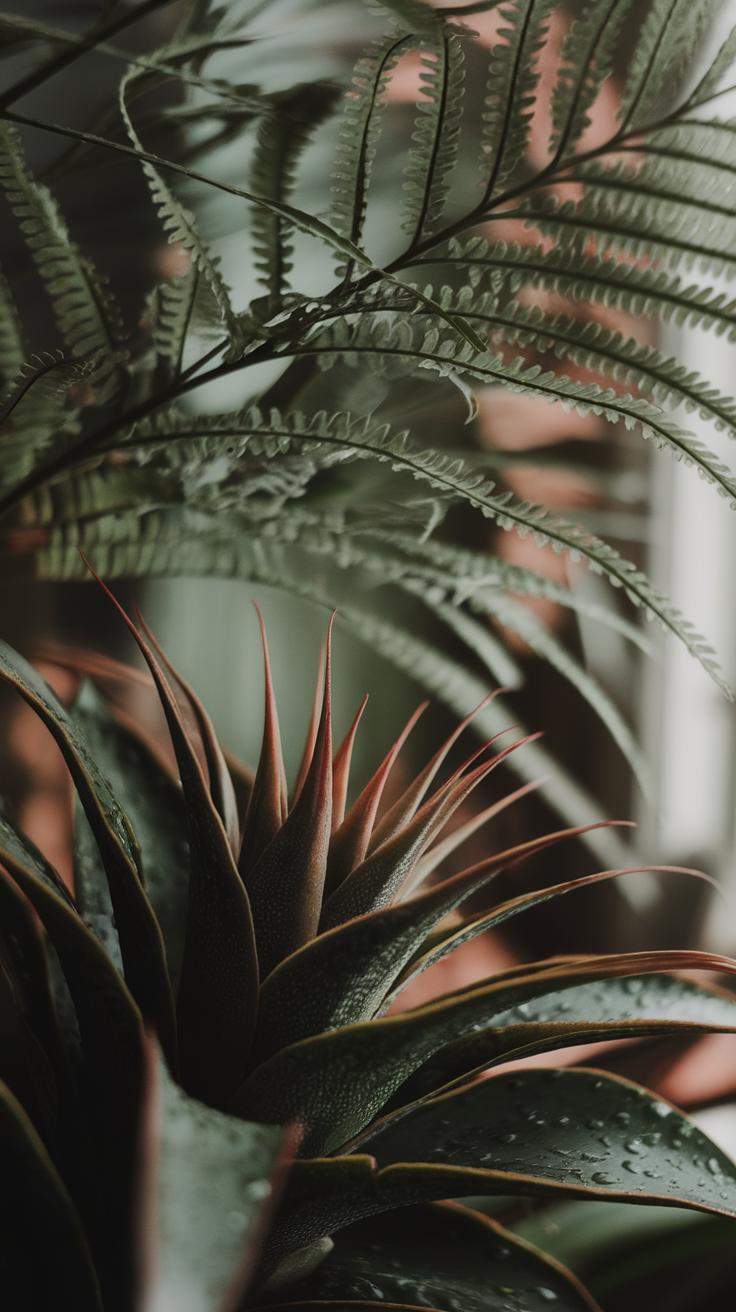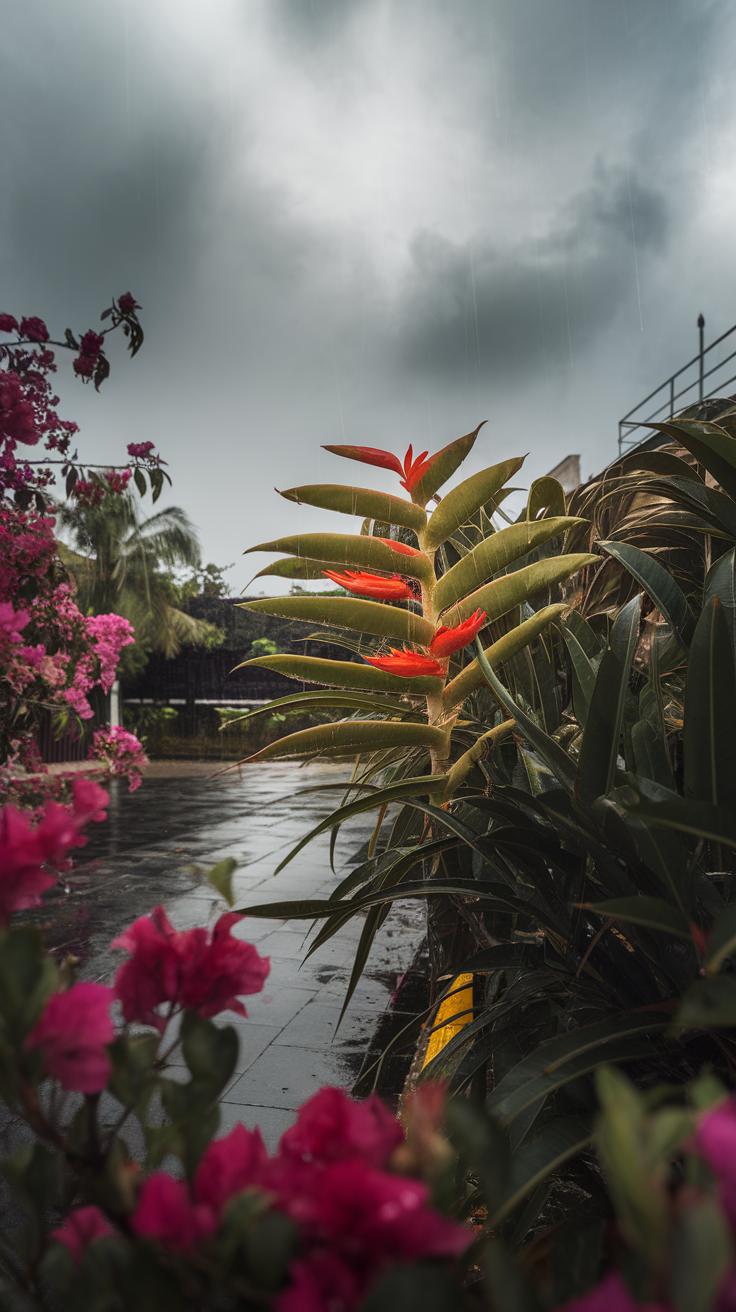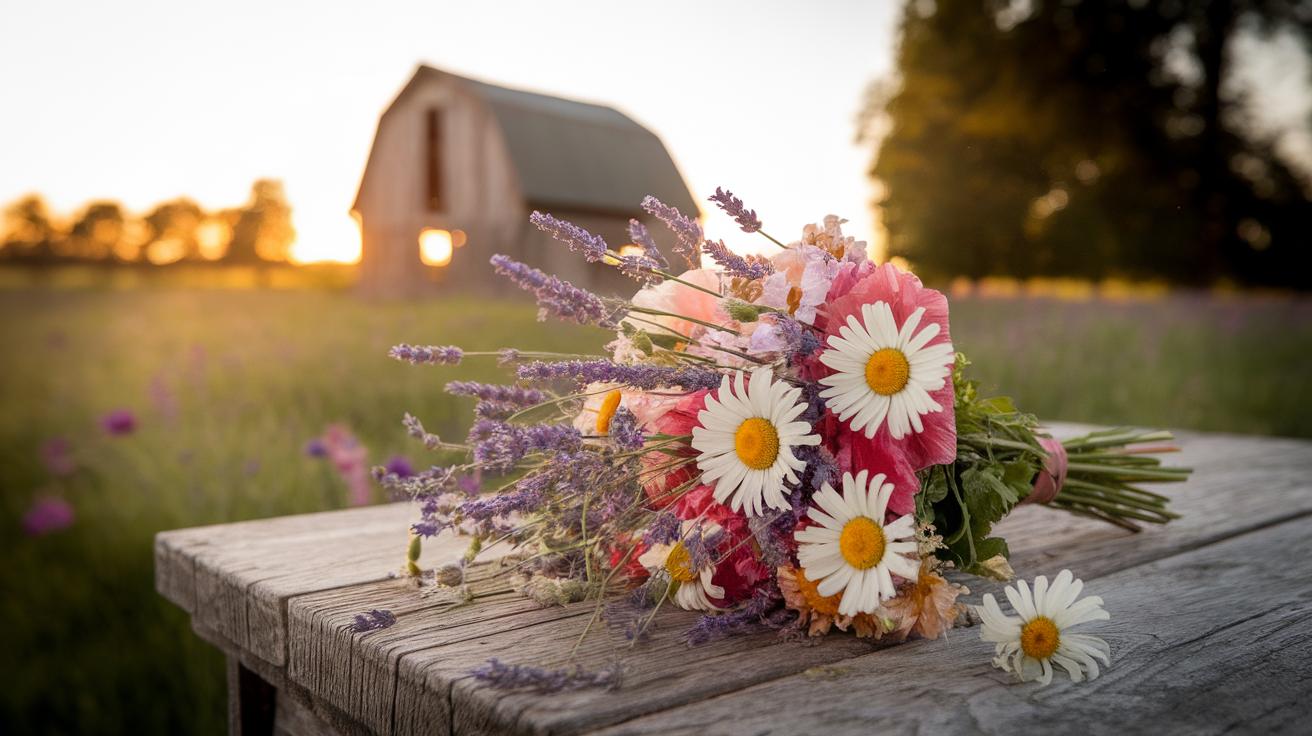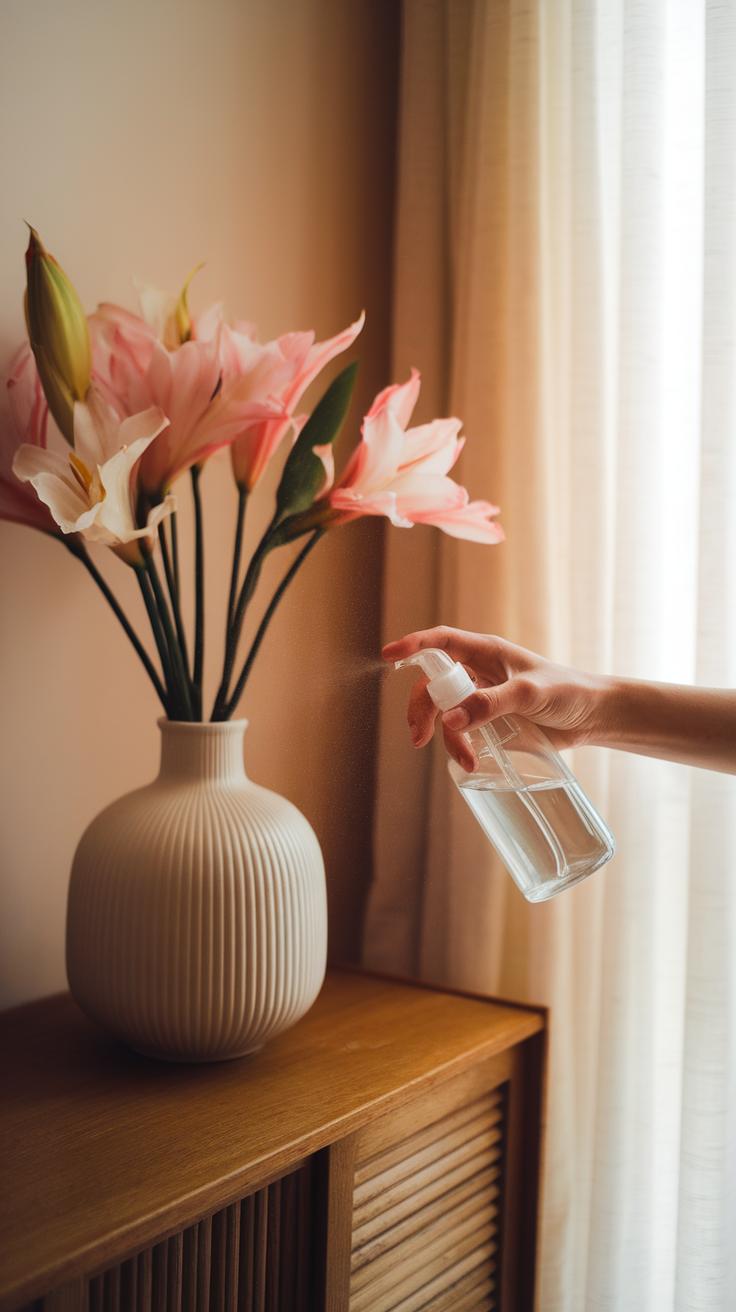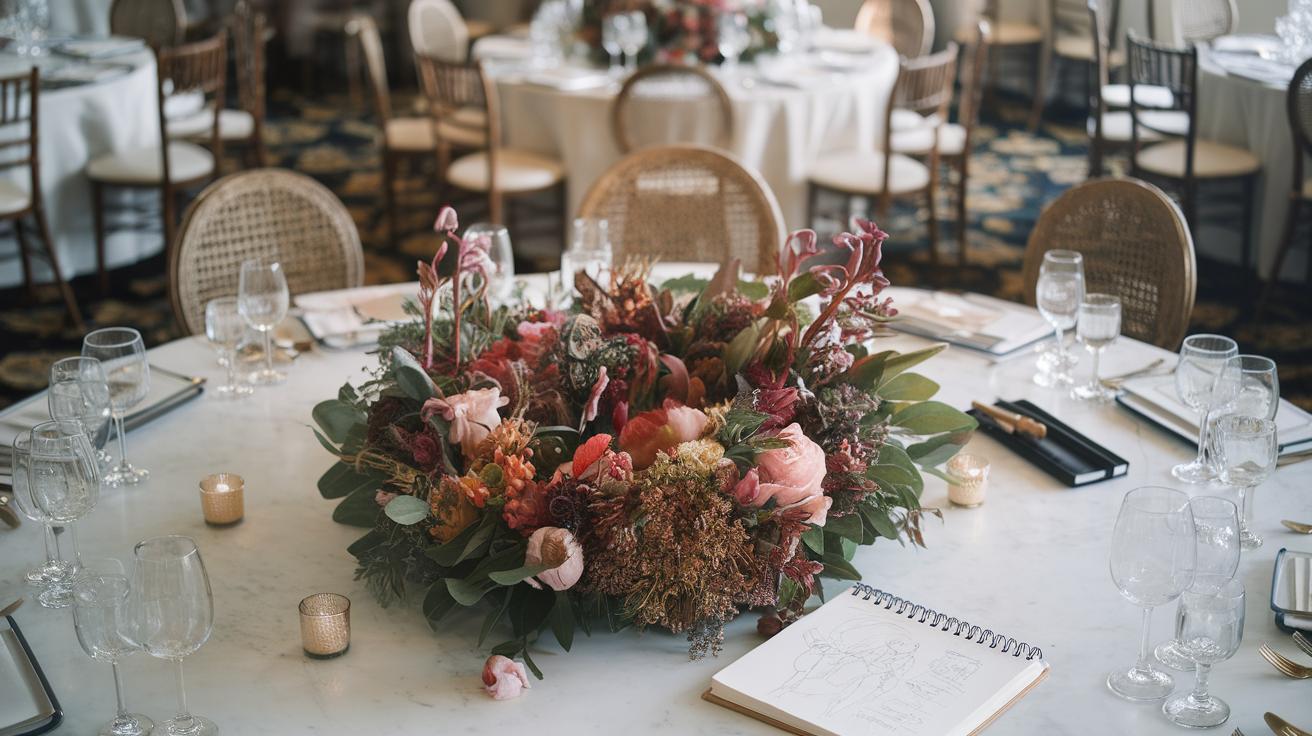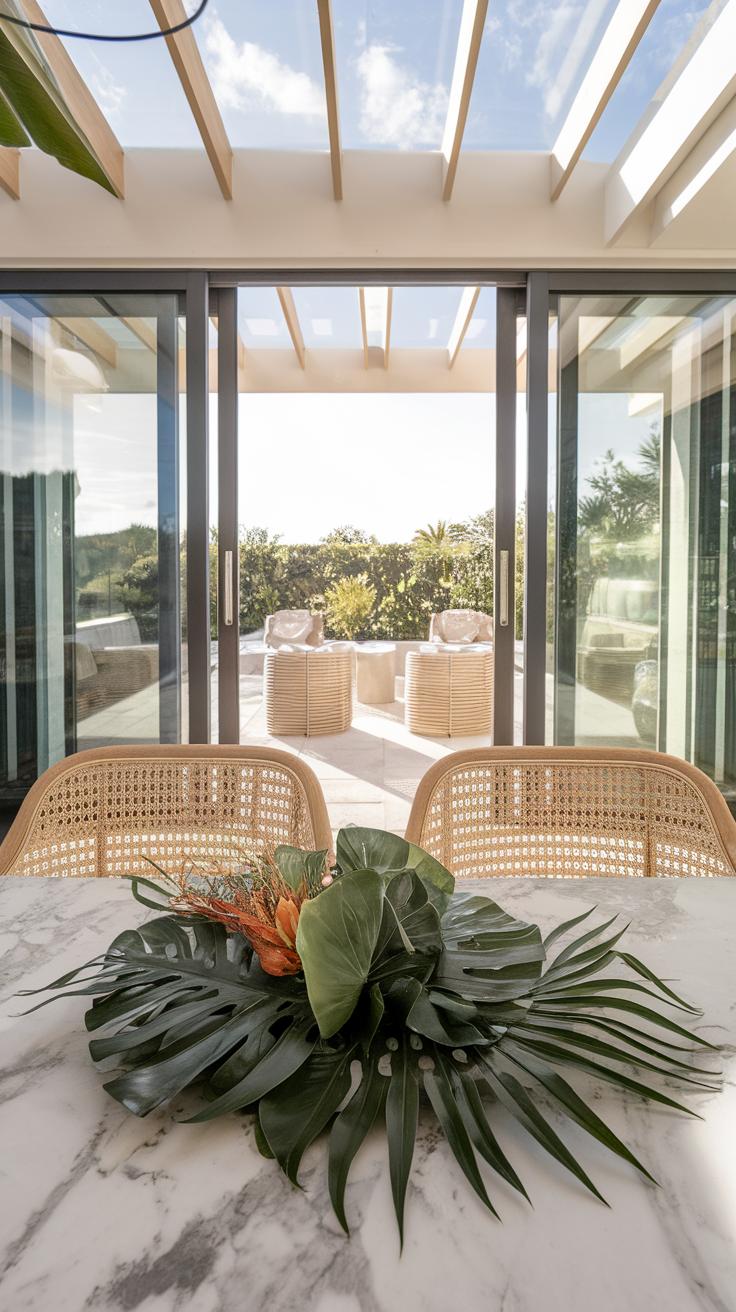Introduction
Exotic tropical flower arrangements transform any space into a vibrant oasis. These arrangements showcase the beauty of nature, featuring bright colors, unique shapes, and alluring fragrances. By incorporating tropical flowers, you can infuse warmth and a sense of adventure into your environment. Whether for a special event or a personal touch in your home, these arrangements captivate the eye and uplift the spirit.
Tropical flowers such as orchids, hibiscus, and bird of paradise offer endless possibilities for creativity. You can combine various textures and colors to craft stunning displays. This article will guide you through the art of creating tropical flower arrangements. You’ll learn about the essential flowers, tools, and techniques to bring island vibes into your everyday life.
Understanding Tropical Flowers
Tropical flowers make any arrangement feel bright and lively. Each flower type offers its own beauty and significance, making them perfect for creating tropical displays. Orchids stand out for their elegance. They come in various colors, representing love, beauty, and strength. Their unique shapes capture attention instantly.
Hibiscus flowers are another stunning choice. Their bold colors like red, pink, and yellow symbolize friendship and warmth. These flowers often bloom in warm climates, adding a true island feel to any space.
Anthuriums bring a striking presence to arrangements. Their heart-shaped blooms symbolize hospitality and abundance. Their vibrant red and green hues make them a popular choice for celebrations and events.
Which floral colors resonate with you? How can you incorporate these tropical flowers into your space to create your own paradise vibe?
Essential Tools for Flower Arrangements
Creating captivating tropical flower arrangements requires specific tools. Each tool plays a vital role in achieving beautiful results. Start with garden shears. They help in cutting stems cleanly for better hydration. A sharp cut prevents damage and encourages growth.
Floral tape comes next. Use it to secure stems together. This provides stability for your arrangement. It works well for adding layers and controlling the arrangement’s shape. A floral foam block helps keep flowers hydrated. It provides structure and supports stems in a fixed position.
A vase or container is essential. Choose one that complements your flowers. Watering cans are useful for filling containers without spilling. Don’t forget your floral wire. It adds strength and helps bend delicate stems into your desired shapes.
Do you have all these tools ready? Having the right equipment makes your arrangement process smoother and enhances the final display. Investing in these tools can transform your flower arranging experience.
Creating Balanced Arrangements
Understanding Balance in Floral Design
Balance is key when creating tropical flower arrangements. It makes the display appealing and cohesive. Start by examining symmetry, where elements mirror each other on either side. For example, if you place a large bird of paradise on one side, add a similar size flower on the opposite side. This creates visual harmony.
Proportion matters too. Use flowers of varying sizes to add interest while maintaining a sense of unity. A large centerpiece might need smaller blooms around it. Think about how these proportions affect the overall look. Are your flowers drawing attention or competing for it?
Establishing Focal Points
A strong focal point anchors your arrangement. It can be the tallest flower or the most vibrant one. This helps guide the viewer’s eye around the display. Consider using bright colors like red ginger to direct attention. Have you thought about what will catch your guests’ eyes first? Always place your focal point in a spot that invites people to admire the arrangement.
By focusing on balance, proportion, and focal points, you can craft stunning tropical displays. Testing different layouts provides valuable insights. Enjoy the process of creating your own balanced island-inspired arrangements at home.
Color Theory in Floral Design
Understanding Color Basics
Color theory plays a key role in floral arrangements. It helps you choose flowers that enhance the overall look. Every color has its own emotions and meanings. For example, warm colors like red and orange can create energy. Cool colors like blue and green bring calmness. Knowing this can guide your choice of flowers.
Using Complementary and Contrasting Colors
Complementary colors sit across from each other on the color wheel. For instance, pairing purple with yellow creates a striking visual. Contrasting colors can also make a bold statement. Consider using pink and green in your arrangement. This approach brings depth and excitement to the display. Think about how these color choices affect the mood of your room. What feeling do you want to create?
Experiment with different combinations. Use a blend of colors to achieve balance and harmony. Finding the right palette can transform any space into a tropical paradise. Your arrangement will not just look good; it will feel alive.
Textural Elements in Arrangements
Including various textures in your floral arrangements is vital for creating depth and interest. Different surfaces can capture light differently, making your display more engaging. For instance, mix the smooth petals of hibiscus with the spiky foliage of pineapple plants. The contrast between soft and rough elements adds energy to the arrangement.
Think about how textures interact with one another. A velvety orchid can provide a stunning contrast to the waxy leaves of a bird of paradise. This variety encourages the eye to explore your arrangement. Consider using fillers like succulents or ferns to introduce contrast and complexity.
What texture resonates with you? Experiment with different elements. As you arrange, pay attention to how the textures connect. Your choices will enhance the overall atmosphere of your tropical flower display, making it feel more vibrant and authentic.
Seasonal Considerations for Tropical Arrangements
Tropical flowers can transform any space, but timing matters. Each flower species has its peak season for availability. Knowing when to use certain flowers helps you create a beautiful arrangement. For example, orchids are widely available year-round, making them a reliable choice. However, bird of paradise thrives from late spring to early fall. Using flowers in their prime season enhances freshness and color.
Seasonal selection also depends on your local climate. In warmer regions, you may find tropical blooms more easily throughout the year. In cooler areas, consider using imported flowers during colder months. Which flowers grow best in your area? Research local growers or markets to find what’s in season.
Once you know the seasonal patterns, think about your arrangements. Seasonal flowers not only look vibrant but also provide an authentic tropical feel. Are there specific holidays or events where certain flower types shine? Planning around those dates allows for optimal displays.
Caring for Your Tropical Arrangements
Keeping tropical flower arrangements fresh involves simple steps. Start with watering. Use room temperature water to fill your vase. Change the water every two days. This practice prevents bacterial growth and keeps the flowers vibrant. Cut the stems at an angle before placing them in water. This increases water absorption.
Light plays a vital role in the health of your arrangements. Place your flowers in bright, indirect sunlight. Direct sunlight can cause wilting. If your space lacks natural light, consider using grow lights. These mimic sunlight and help your flowers thrive.
Temperature also affects longevity. Tropical flowers prefer a warm environment, ideally between 65-75°F. Avoid placing them near drafts or heating vents. These changes can stress the flowers and shorten their lifespan. How often do you check the conditions of your display? Regular care ensures your tropical arrangements bring a piece of paradise to your home.
Showcasing Your Arrangements
Displaying Tropical Flowers in Your Home
Position your tropical flower arrangements in spots where they can catch attention. Use bright, open areas like living rooms and dining spaces. A large vase on a coffee table can serve as a bold centerpiece. Opt for tall, slender vases to create height. This draws the eye upward and gives a spacious feeling to the room. Place smaller arrangements in clusters on shelves or windowsills for added interest.
Setting Up for Events
For events, consider the overall theme. Use tropical flowers to reflect the spirit of a beachside celebration. Large arrangements can frame entrances or stage areas. Smaller arrangements work well on guest tables. You might group flowers by color to create a cohesive look. Think about incorporating natural elements like shells or driftwood in your displays. These touches can enhance the tropical aesthetic and create a memorable experience for your guests.
Conclusions
Making tropical flower arrangements can enhance your surroundings and elevate your mood. These vibrant displays celebrate nature’s beauty and can be tailored to suit any occasion. You now have the insights needed to choose the right flowers and design beautiful arrangements that stand out.
Whether you wish to create a centerpiece for a party or simply want to enjoy a colorful display at home, your new skills will allow you to express your creativity. Start experimenting with different combinations and techniques to discover what works best for you. Tropical flower arrangements will refresh your space and add a touch of paradise to your life.

